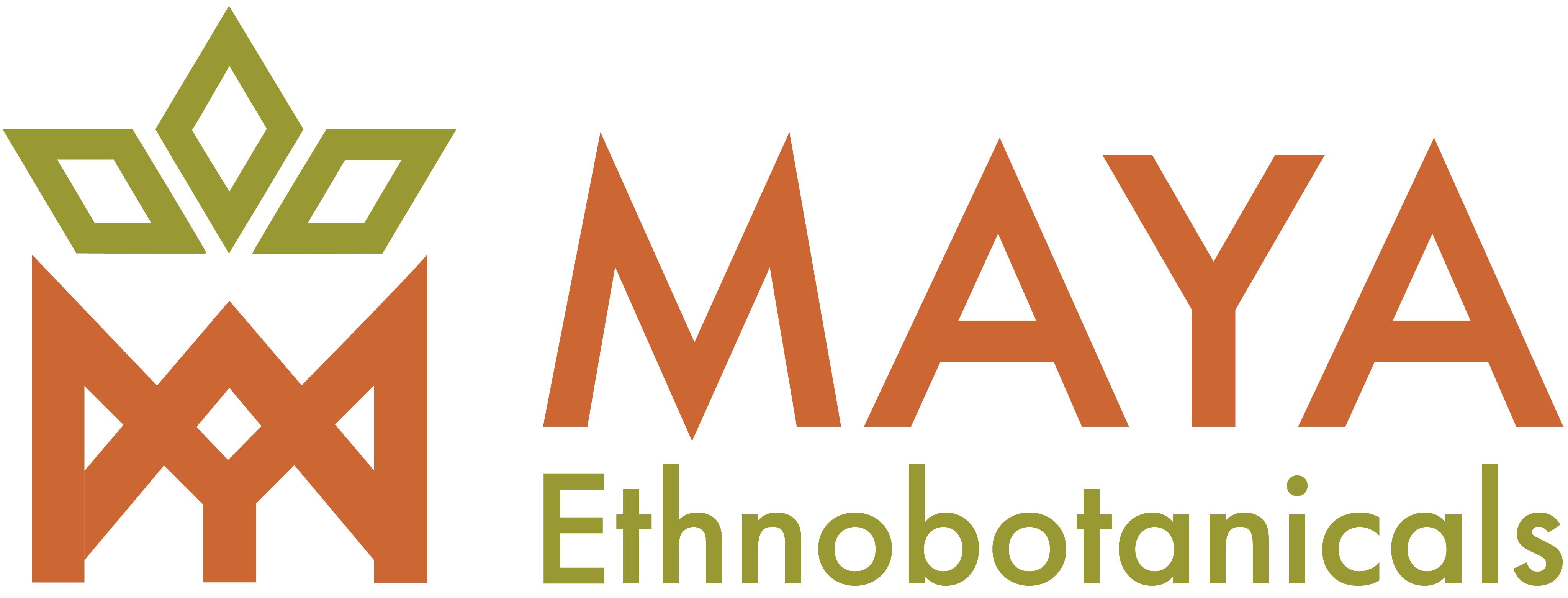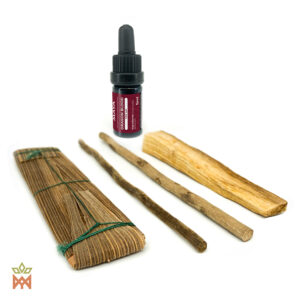Showing the single result
Showing the single result
The Matsés Tribe: Guardians of the Amazon and Keepers of Sacred Medicines
Living in the remote border region between Peru and Brazil, the Matsés have remained fiercely independent and have preserved their traditional ways of life, despite external pressures from the modern world. Their connection to the natural world, deep understanding of sacred medicines such as Kambo, and rich cultural traditions make the Matsés a vital part of the Amazonian ecosystem and an important repository of ancient wisdom.
This article explores the history, traditions, and spiritual practices of the Matsés, their use of sacred plants and medicines, and their place in the modern world. We will also examine how their unique relationship with Kambo, a powerful cleansing medicine, has gained recognition far beyond their forest borders.
Where the Matsés Live
The Matsés inhabit one of the most remote and pristine regions of the Amazon rainforest, straddling the border between northern Peru and western Brazil. Their ancestral territory is located along the Javari River and its tributaries, an area that is incredibly rich in biodiversity. The region is part of the larger Vale do Javari Indigenous Territory, which is home to several indigenous tribes, some of which are still uncontacted. The Matsés live in small, scattered villages, typically built along riverbanks, with their homes constructed from natural materials such as palm leaves, wood, and bamboo.
This remote region of the Amazon is not just geographically isolated but also serves as a natural barrier against the encroachment of the modern world. This isolation has allowed the Matsés to maintain much of their traditional lifestyle, including their hunting, fishing, and foraging practices, as well as their deep relationship with the forest's medicinal plants.
History of the Matsés: The Cat People
The Matsés have a rich and tumultuous history. They are known as the Cat People because of their unique facial tattoos. Matsés men and women traditionally tattoo their faces with patterns that resemble the whiskers of a jaguar or cat, symbolizing their connection to the animal world and their role as hunters and protectors of the forest. These tattoos are not merely decorative but hold deep spiritual significance, representing the strength, agility, and cunning of the jaguar, an animal revered by many Amazonian tribes.
Historically, the Matsés were a warrior people, known for their fierce resistance to outside influence and their ability to survive in the dense jungle. For many years, they lived in relative isolation, avoiding contact with outsiders, including rubber tappers and missionaries who attempted to enter their territory. The Matsés’ knowledge of the forest and their warrior tactics allowed them to fend off these external threats, preserving their cultural identity.
It wasn’t until the 1960s that the Matsés had sustained contact with the outside world, primarily through missionaries and government officials from Peru and Brazil. This period of contact brought significant changes to their way of life, including the introduction of modern tools and new diseases that devastated the population. However, despite these challenges, the Matsés have managed to preserve much of their traditional knowledge and continue to live in harmony with the forest.
Spirituality and Connection to Nature
For the Matsés, the natural world is not just a backdrop to their daily lives but a living, breathing entity filled with spirits that must be respected and appeased. Their spirituality is deeply intertwined with the forest and its animals, which they believe are inhabited by powerful spirits. The Matsés view the jungle as a sacred place, and they see themselves as guardians of this vital ecosystem. They rely on dreams, visions, and spiritual guidance to inform their decisions, particularly when it comes to hunting and using plant medicines.
Shamanism plays a crucial role in Matsés society. The shamans, or medicine men, are highly respected figures within the tribe, acting as intermediaries between the physical world and the spirit world. They possess deep knowledge of the forest’s plants and animals, and they are responsible for healing the sick, conducting ceremonies, and maintaining the tribe’s spiritual balance. The shamans use a variety of plant medicines, including Kambo, to treat both physical ailments and spiritual afflictions.
Kambo: The Sacred Frog Medicine
One of the most well-known and powerful medicines used by the Matsés is Kambo, a secretion from the Giant Monkey Frog (Phyllomedusa bicolor), which lives in the upper reaches of the Amazon rainforest. Kambo is known for its powerful detoxifying and purifying effects on the body, mind, and spirit. It is used by the Matsés to cleanse the body, boost the immune system, and improve hunting abilities by increasing alertness and endurance.
The Matsés refer to Kambo as the "vaccine of the forest" because of its potent ability to ward off illness and promote overall well-being. Traditionally, Kambo is administered in a ritual ceremony led by a shaman or an experienced healer. Small burns are made on the skin, and the Kambo secretion is applied directly to these burns. The effects of Kambo are immediate and intense, often causing vomiting, sweating, and heightened senses. Despite the discomfort, the Matsés believe that this process purifies the body of toxins and negative energies, leaving the individual feeling rejuvenated and focused.
In addition to its physical benefits, Kambo is also believed to have powerful spiritual properties. The Matsés use Kambo in their shamanic practices to cleanse spiritual blockages, clear negative energies, and strengthen their connection to the spirit world. Hunters use it to heighten their senses and improve their ability to move silently through the jungle, enhancing their success in tracking animals.
In recent years, Kambo has gained popularity outside the Amazon, with people around the world seeking its detoxifying and healing properties. However, it is important to recognize that Kambo is a sacred medicine for the Matsés and other Amazonian tribes, and its use should always be approached with respect and reverence for the tradition it comes from.
Matsés Traditions and Daily Life
The Matsés have a rich cultural tradition that is deeply connected to the forest and the rhythms of nature. Hunting and fishing are central to their way of life, and they have developed sophisticated techniques for tracking and capturing animals, often using poison-tipped arrows or blowguns. Fishing is usually done with nets, spears, or natural fish poisons that stun the fish without harming the ecosystem.
In addition to hunting and fishing, the Matsés practice slash-and-burn agriculture, growing staples such as manioc, maize, bananas, and plantains. These crops form the basis of their diet, along with the meat and fish they hunt. The Matsés women are responsible for tending to the crops, gathering wild fruits, and preparing food, while the men focus on hunting, fishing, and building houses and canoes.
The Matsés’ homes, or malocas, are large communal structures made from palm leaves, wood, and bamboo. These homes are built to accommodate extended families and serve as both living spaces and places for ceremonial gatherings. The maloca is central to Matsés life, providing a space for rituals, meetings, and celebrations.
One of the most important cultural events for the Matsés is the Kambo ceremony, which is held to cleanse the community and prepare for important activities such as hunting expeditions or spiritual work. These ceremonies are led by shamans and involve the administration of Kambo to multiple participants. The ceremony is seen as a way to purify the body and spirit, strengthen community bonds, and ensure success in the tribe’s endeavors.
Sacred Medicines of the Matsés
In addition to Kambo, the Matsés use a variety of other sacred medicines for healing and spiritual purposes. One of the most important of these is Ayahuasca, a powerful hallucinogenic brew made from the Banisteriopsis caapi vine and other plant ingredients. Ayahuasca is used in ceremonial rituals to facilitate visions, spiritual healing, and communication with the spirit world. The shamans of the Matsés guide participants through these ceremonies, helping them to connect with their ancestors, spirits, and the natural world.
The Matsés also use Mapacho tobacco in their rituals and healing practices. Tobacco is considered a sacred plant in many Amazonian cultures, and the Matsés use it to cleanse negative energies, protect against spiritual threats, and enhance communication with the spirit world. Mapacho is often smoked or used in Rapé, a powdered snuff that is blown into the nostrils using a Tepi, or blowpipe. Rapé is used in ceremonies to clear the mind, open the heart, and promote spiritual clarity.
Challenges and Modern Adaptations
Like many indigenous groups in the Amazon, the Matsés face significant challenges from the modern world. Deforestation, illegal logging, and oil exploration threaten their ancestral lands, while diseases introduced by outsiders continue to affect their population. Despite these challenges, the Matsés have proven remarkably resilient. They have formed alliances with environmental organizations and other indigenous groups to protect their territory and preserve their way of life.
In recent years, the Matsés have also embraced certain aspects of the modern world, including education and healthcare, while remaining committed to their traditional practices. Many Matsés children now attend school, and some members of the tribe have trained as health workers to provide care to their communities.
Matsés, Guardians of the Amazon
The Matsés tribe stands as a testament to the strength and resilience of indigenous cultures in the face of modern pressures. Their deep connection to the forest, their spiritual practices, and their use of sacred medicines like Kambo make them vital guardians of the Amazon and its rich biodiversity. At Maya Herbs, we are proud to support the Matsés people by offering products that are sourced sustainably from their sacred traditions, ensuring that their knowledge and culture continue to thrive for generations to come.


